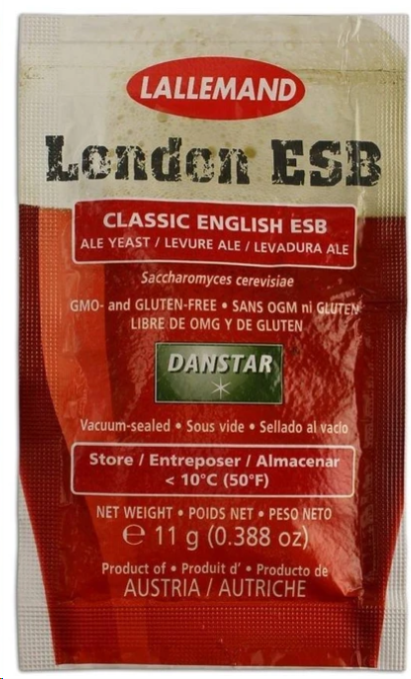Northern_Brewer
British - apparently some US company stole my name
Forgot to talk about the crystal malt, ten percent is already a lot, better target something below, five percent seems to be a good amount. This will help attenuation as well. @Northern_Brewer always suggests to at least mirror the crystal percentage with the simple sugar percentage, ie. Ten % crystal and ten percent simple sugars, but if you like it a bit dryer you can obviously also lower the crystal and up the simple sugar.
Just to be clear, I'm quite happy for people to brew the full range, from sugar with no crystal (Manchester style) to crystal with no sugar (like Fuller's for instance). I just have a problem when people are using 10+% crystal with nothing to balance it out, which is as extreme and unbalanced as 130 IBU West Coast IPAs.
So yeah, aim for 4.2-4.4% ABV, BU:GU of 0.8, grist with something like 4-5% UK crystal and the same amount of sugar (ideally invert #1, golden syrup is an easy replacement for those in the UK, table sugar will do). 1-2% UK chocolate malt is a nice optional tweak. Be generous with gypsum in the water, and use the most characterful yeast you can get ( so probably not Lallemand ESB...)
That won't give you the perfect bitter for my personal taste, but it will give you a good "average" bitter to act as a starting point for further experimentation, whether that's taking it in a more Northern or southern direction or just tweaking it to you personal taste and/or terroir.
..... Now I'm craving a proper English ale.... But I just moved back to Germany.... And it's 8:30 in the morning and I'm in the office at work
That'll teach you to make these big life decisions that are complete mistakes from a beer POV! Sorry our paths never crossed IRL whilst you were here, another time.






![Craft A Brew - Safale BE-256 Yeast - Fermentis - Belgian Ale Dry Yeast - For Belgian & Strong Ales - Ingredients for Home Brewing - Beer Making Supplies - [3 Pack]](https://m.media-amazon.com/images/I/51bcKEwQmWL._SL500_.jpg)
































